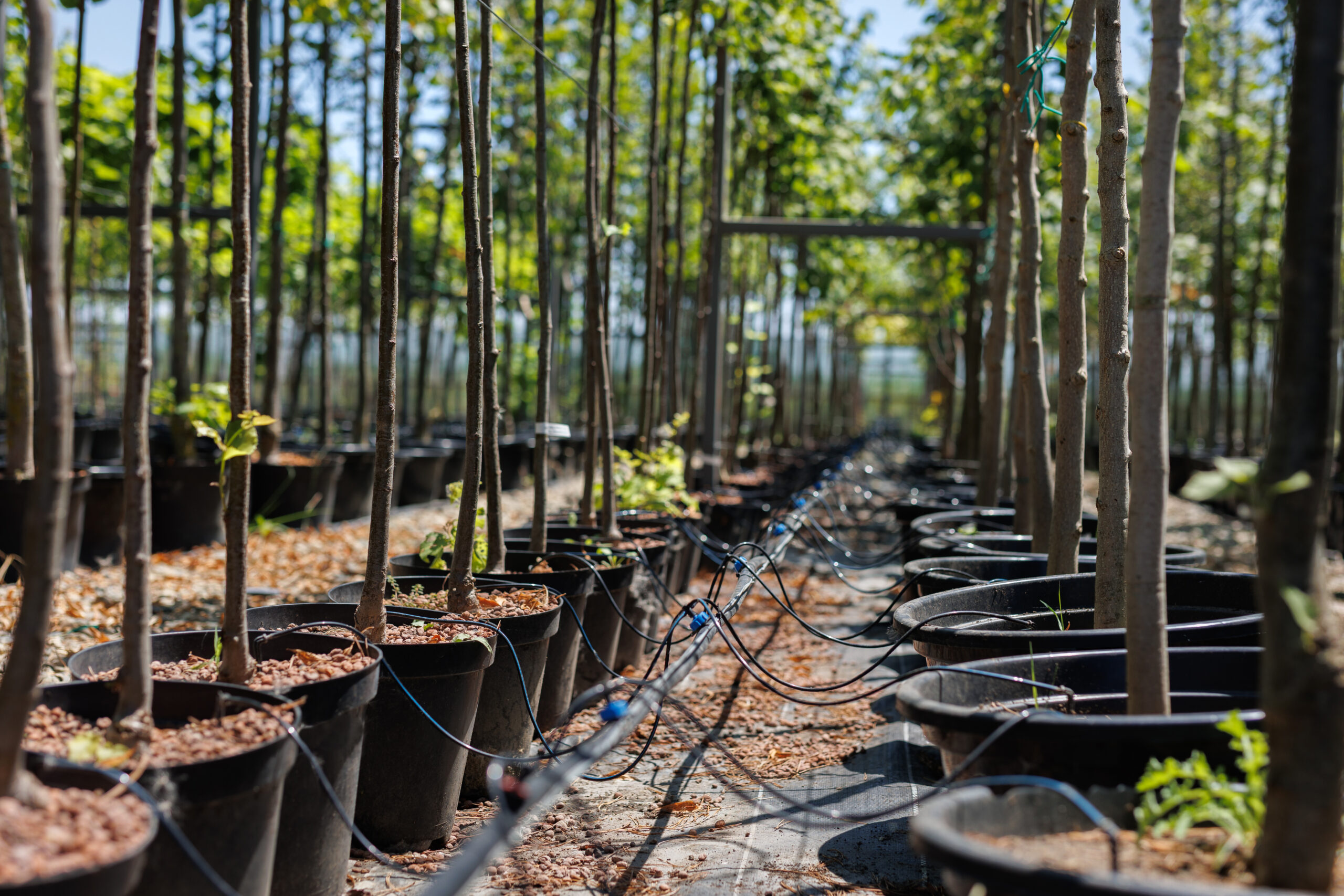


Planting a tree might seem simple, but choosing the right tree for your property takes careful planning. Trees are long-term investments that impact the look, health, and value of your outdoor space. Selecting the wrong species can lead to issues down the line—overgrowth, root problems, or even disease. To make the most of your landscape, here are key factors to consider when choosing trees for your property.
Start by asking: What do I want this tree to do?
Knowing the primary role of your tree helps narrow your options significantly.
Each tree species thrives in different soil types and light conditions. Some require well-draining soil, while others prefer moist, loamy ground. Test your soil and take note of:
Choosing a tree that matches your landscape’s natural environment increases its chances of thriving.
Living in the DFW Metroplex and surrounding areas means dealing with hot summers, occasional freezes, and drought periods. Not all trees can handle this variation.
Recommended DFW-friendly trees include:
These species are well-suited for North Texas’s fluctuating climate and require less intensive care once established.
A common mistake is planting a tree without considering how big it will become. Over time, roots can interfere with foundations, branches can scrape rooftops, and canopies can block too much light.
Before planting, ask:
Always plan with the future in mind—not just the first few years.
If you want beauty without the burden, consider trees that require less upkeep.
Look for trees that are:
This reduces pruning needs, storm cleanup, and long-term maintenance costs.
Your trees should complement your home’s architecture and landscape style.
Think of trees as living architecture—they anchor your design.
Planting a tree isn’t just about digging a hole. It requires knowledge of root depth, spacing, soil prep, and early care techniques to ensure survival. Professional tree installation services help you avoid common mistakes and give your trees a healthy head start.
At Salas Services, we take your soil, lighting, and landscape goals into account when recommending and installing trees. Our team ensures the job is done right—so your new trees grow healthy, stable, and stunning for decades.

Here are the most common questions client’s usually have for us. Still have more questions? Contact Us.
Yes, we offer emergency tree removal services for situations such as storm damage, fallen trees, or hazardous trees posing an immediate risk. Contact us at [phone number] as soon as possible in case of emergencies, and our team will prioritize your situation.
We can assist you with the process of obtaining permits for tree removal, if required. The need for permits varies based on local regulations and tree preservation ordinances. Our team will guide you through the necessary steps and provide any documentation or information needed for the permit application.
While trees are generally low-maintenance, certain signs indicate the need for professional intervention. Watch out for symptoms such as extensive dead or dying branches, sudden leaf loss, significant pest infestation, leaning or unstable tree structure, or visible signs of disease or decay. If you notice any of these issues, it's best to consult with our skilled arborists.
Several signs indicate that a tree may need to be removed, including significant structural damage, extensive disease or pest infestation, severe leaning, extensive root damage, or proximity to power lines or structures. Our professional arborists can assess the tree's health and safety to determine if removal is necessary.
The frequency of tree trimming or pruning depends on various factors such as tree species, age, and overall health. As a general guideline, it is recommended to have trees pruned every 3-5 years to maintain their shape, promote healthy growth, and remove any hazardous or dead branches.
The ideal time to plant new trees depends on the tree species and climate. In general, spring and fall are the preferred seasons for tree planting as the weather conditions are more favorable for root establishment. However, it's best to consult with our experts who can provide guidance based on your specific location and tree species.

Can’t find the answer you’re looking for? Please chat with our friendly team.



